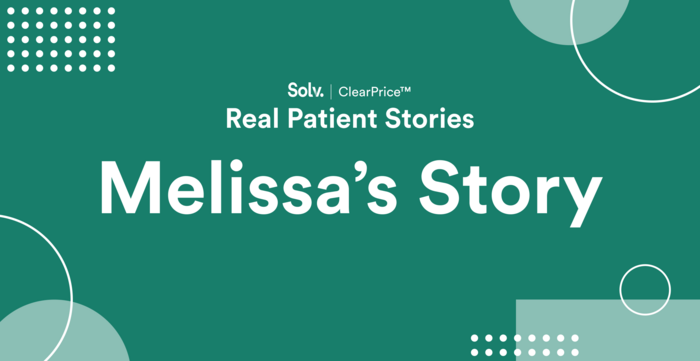Key points
- Surprise medical bills can cause financial stress, as seen in Melissa's case where she received six different bills for a single knee surgery.
- Despite having insurance, Melissa still had to pay over $1,000 due to not reaching her plan’s “out-of-pocket maximum”.
- Melissa started using self-pay for healthcare services to avoid surprise bills and gain more control over her expenses.
- Melissa's approach to healthcare expenses is supported by laws requiring insurance companies and hospitals to make prices clearer and more transparent.

As part of Solv’s ClearPriceTM initiative, our team is highlighting real-life stories about how surprise medical bills have affected people’s lives.
FAQs
Why did Melissa receive multiple bills for a single knee surgery?
Melissa received different bills for each service related to her surgery, including separate charges for the anesthesiologist and recovery equipment.
What is an “out-of-pocket maximum”?
An "out-of-pocket maximum" is the most a person has to pay for covered services in a plan year, after which the insurance plan pays 100 percent of the costs.
How can one avoid surprise medical bills?
One method is to use self-pay for healthcare services. This involves asking about the self-pay price to understand whether paying cash would be more cost-effective than using insurance.
What are some tips for choosing to self-pay for healthcare?
Tips include assessing the situation, researching and comparing prices, asking providers for cash prices, asking for a cash discount if the insurer’s cost is higher, and comparing local competitors if you decide to go with cash prices out of network.
Are healthcare providers required to provide cash price information?
Yes, as of 2021, hospitals are required to provide patients with cash price information during a visit, even if the patient has insurance.









